Stubborn as it is, I often neglect to check the weather forecast before I go out in the morning. I live within walking distance to most things, and I can bear extreme cold for a few minutes (and even run if I have to). So for me, searching for a weather forecast the night before or the first thing won't actually change my morning routine. And that is to say nothing of the reliability of the forecasts!
Every one of us can pick and choose how much information to use in our daily lives. On one end of the spectrum is no information, where uncertainty and ambiguity reigns. On the other end is total information, which can be unwieldy and noisy. One way to hone in the appropriate balance is to ask the question, "will this change anything?"
When deciding whether to run a fancy diagnostic borehole tool, say, or to redo a structure map to include new well data, the wrong thing to ask is "what will this information do for me?", or even, "will this technology or method work?" Instead, we should be asking, "will this change anything?"
Will adding (or excluding) this ingredient change the taste or outcome of my meal?
If the drilling engineer on your team is on the ball, cost conscious, and able to drill at 40 metres per hour, then LWD (logging-while-drilling) information may not actually allow you to steer the well on the fly. It's nice data to have after the fact, but it won't change how you drill the well. If your team's strategy is to drill relative time structural highs, then re-doing a velocity model for more accurate depth maps may be a waste of time.
When we talk about how information might change our plans, or change our understanding, we are talking about it's value. Asking, "will this change anything?" is really trying to pin down, "how much do I value this information?" The weather channel might be more valuable to you than it is to me, but how valuable is it? Will it change anything if you have to get on without it?


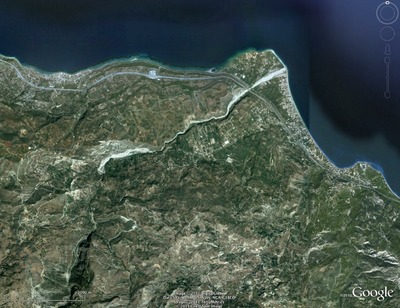
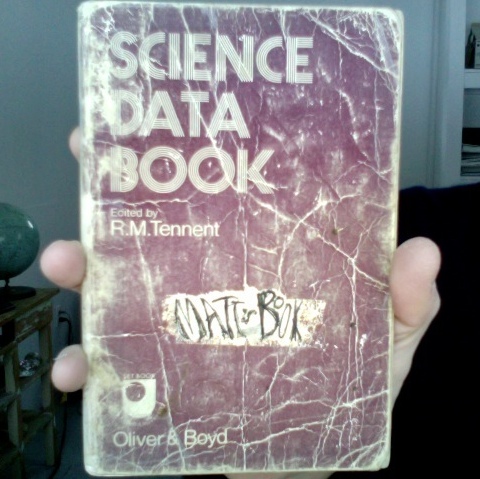
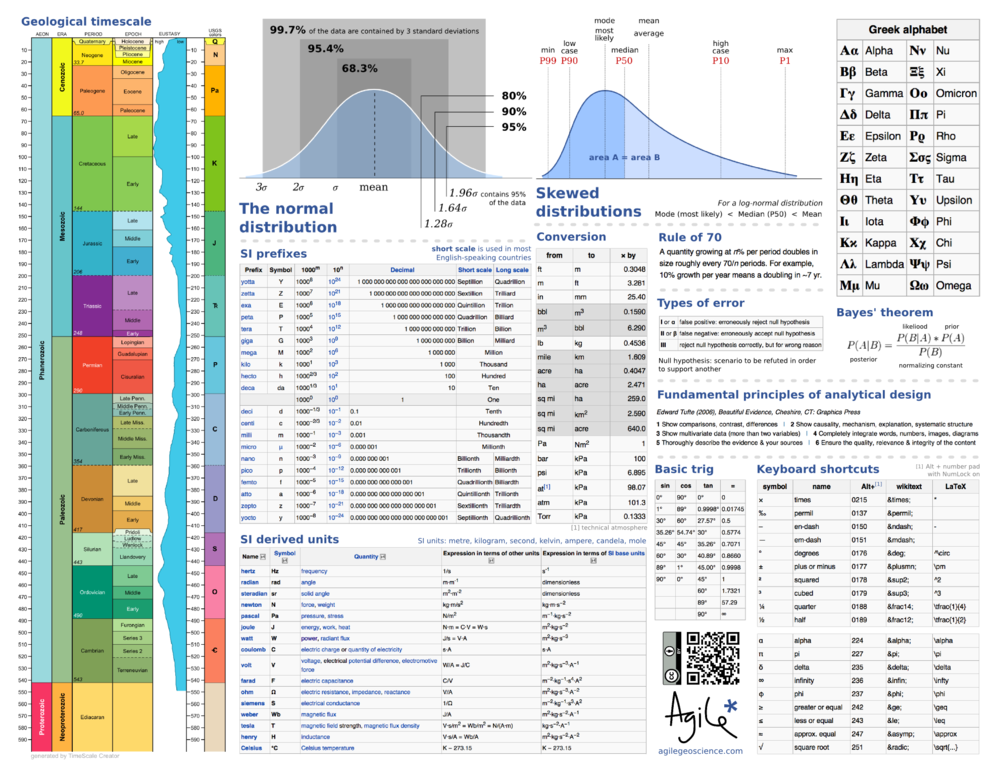

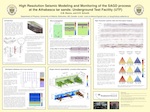
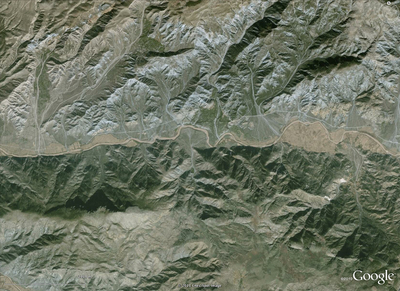
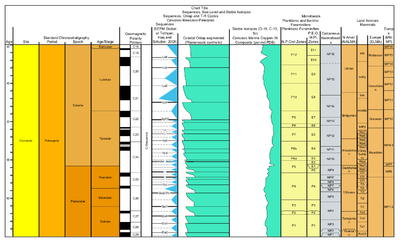
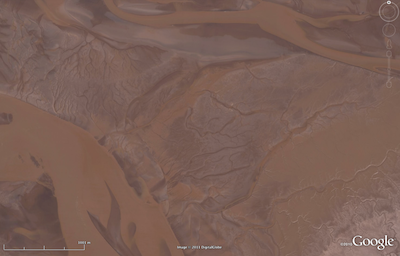









 Except where noted, this content is licensed
Except where noted, this content is licensed